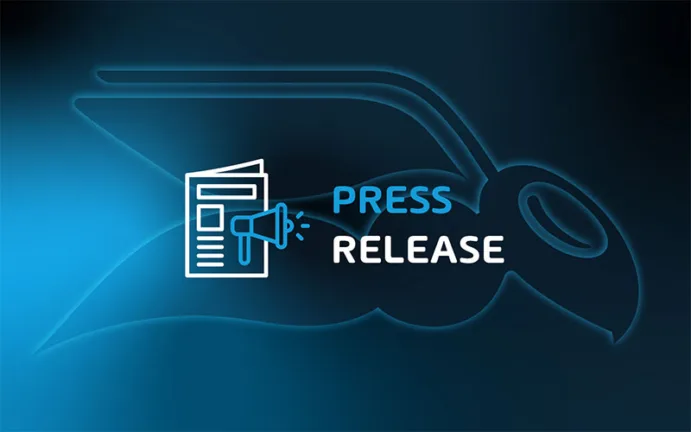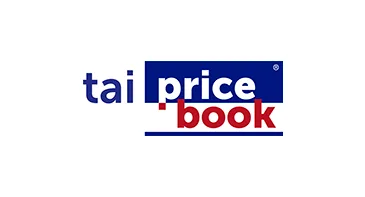

Hornetsecurity Press Center
A helpful section for editors and journalists
Read our latest press releases and view a selection of key mentions in the media.
Latest Press Releases
In the News
Jul 2025
Hanover’s economy has a new unicorn: Hornetsecurity
Proudly recognizing Hornetsecurity as Hanover’s second unicorn, Hannoversche Allgemeine Zeitung interviewed Daniel Hofmann about Proofpoint’s acquisition of Hornetsecurity, referring to this as “a great success for both the Hornetsecurity team and the start-up scene in Lower Saxony”.

28 Jul 2025
Hornetsecurity’s Top Cybersecurity Threats for 2025
TaiPriceBook interviews Daniel Hofmann about the key cybersecurity threats for 2025, resulting from the Hornetsecurity Security Lab’s analysis of attack trends and changes. He points to AI-powered deepfakes, attacks on large language models (LLMs), and the future impact of quantum computing as major concerns and stresses the need for proactive threat detection and strategic planning to stay ahead.

22 Jul 2025
When Deepfakes Hack Trust
L’Informaticien highlights how deepfakes can impact trust within organizations through fraudulent but realistic impersonations. As part of its in-depth report, it cites Hornetsecurity’s latest cybersecurity report, where email phishing remains the most common attack type (43.3%), followed by mail-based scams such as extortion, identity theft, and advanced fee fraud.





